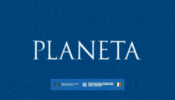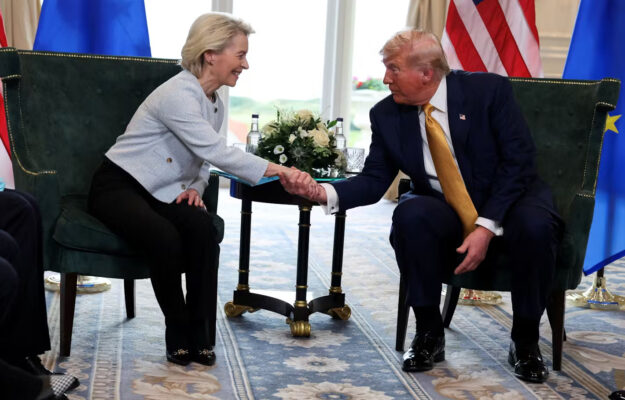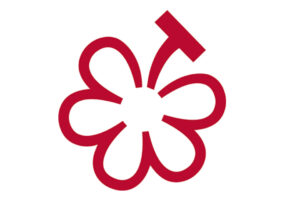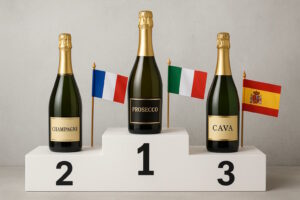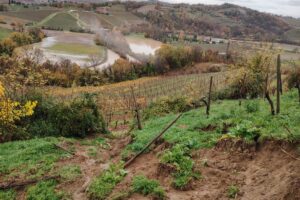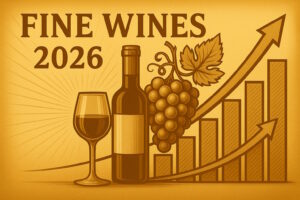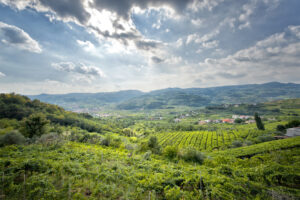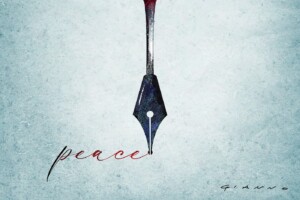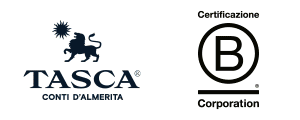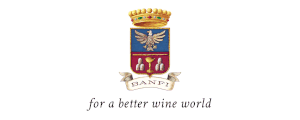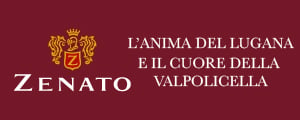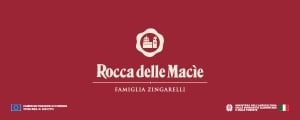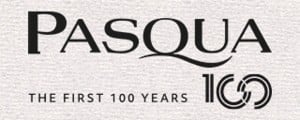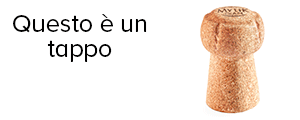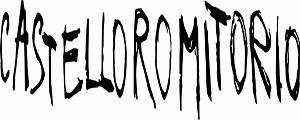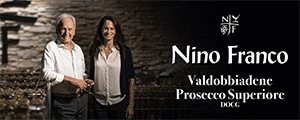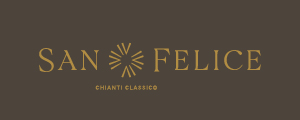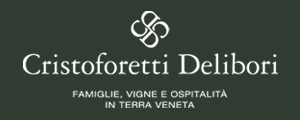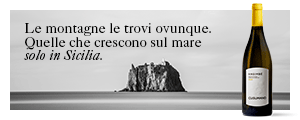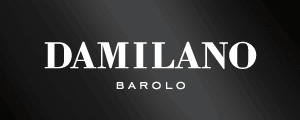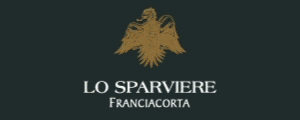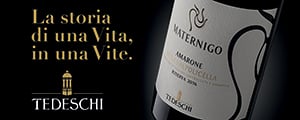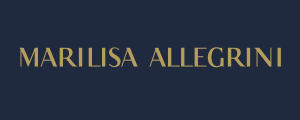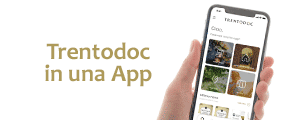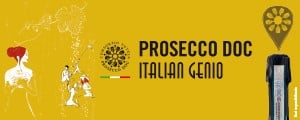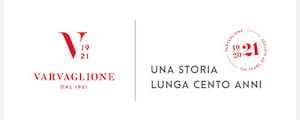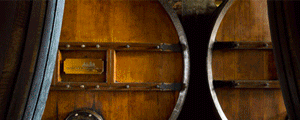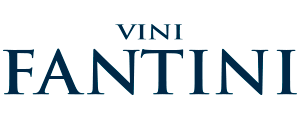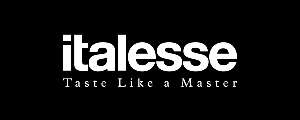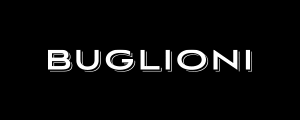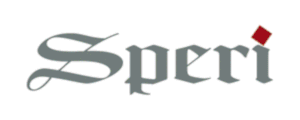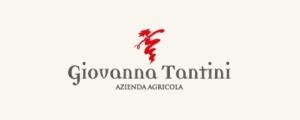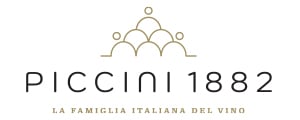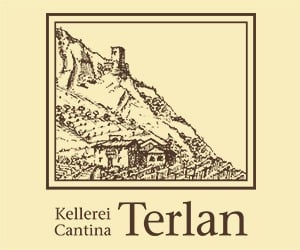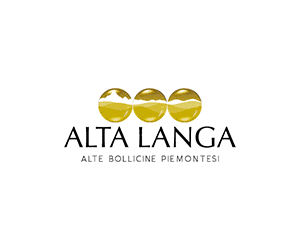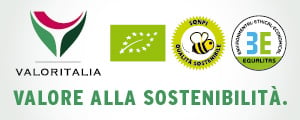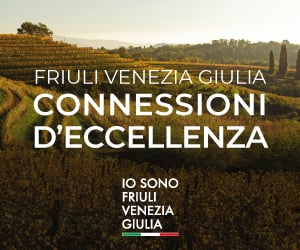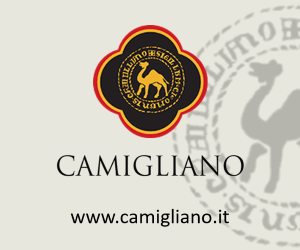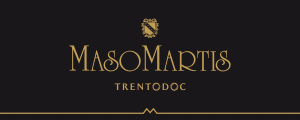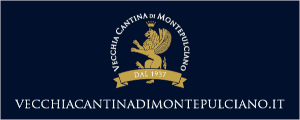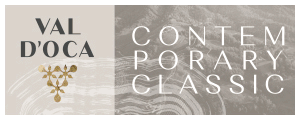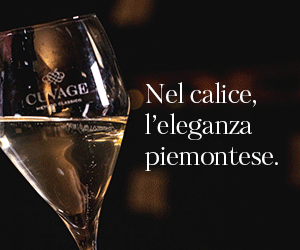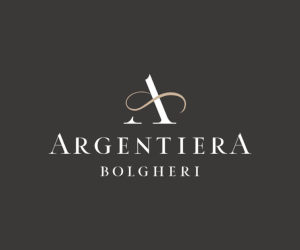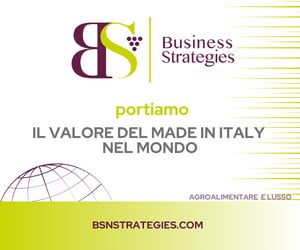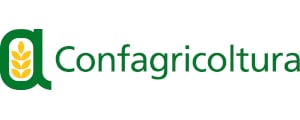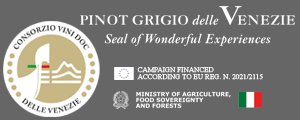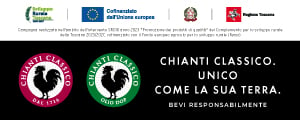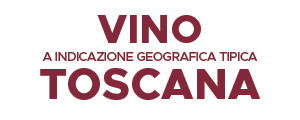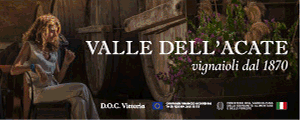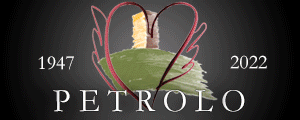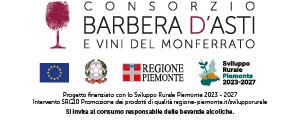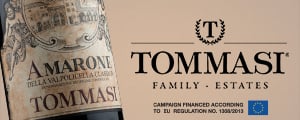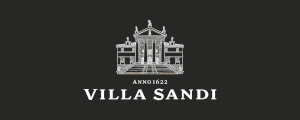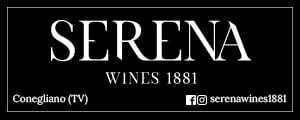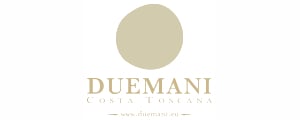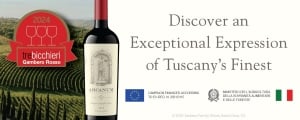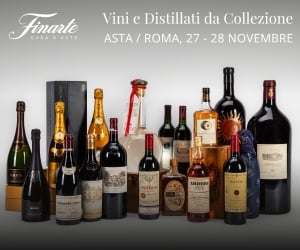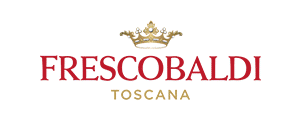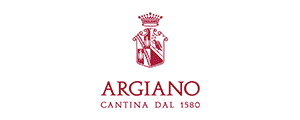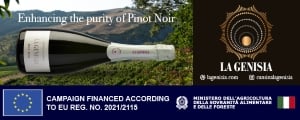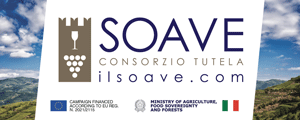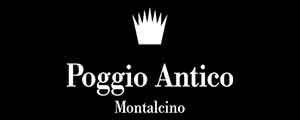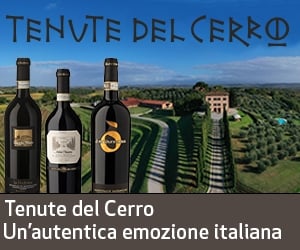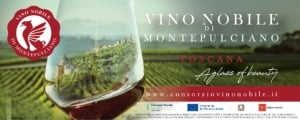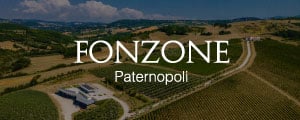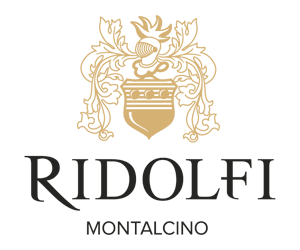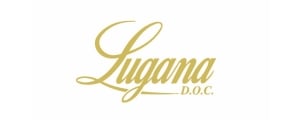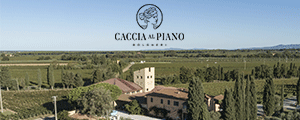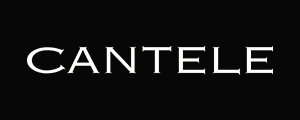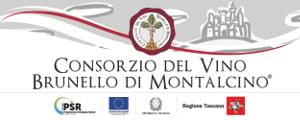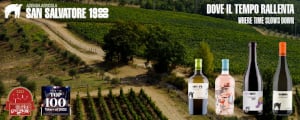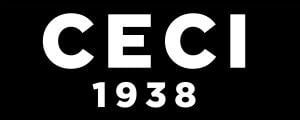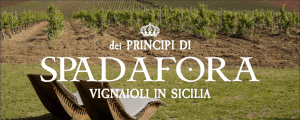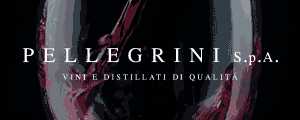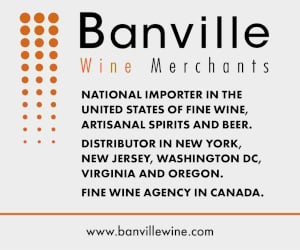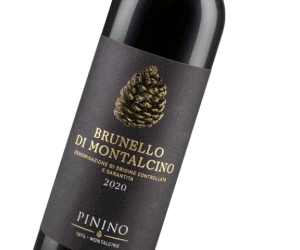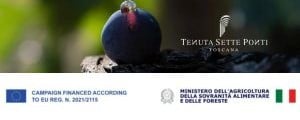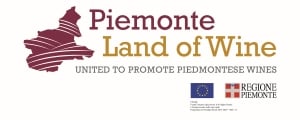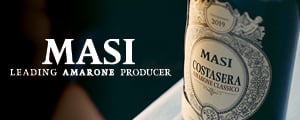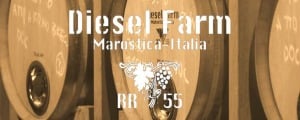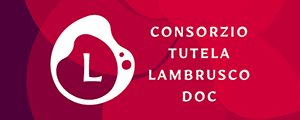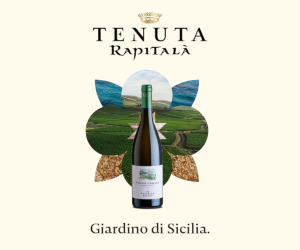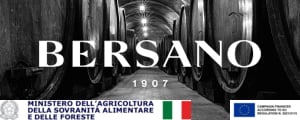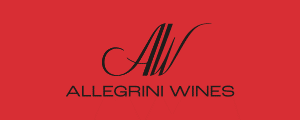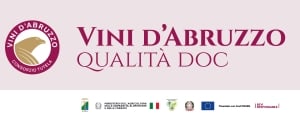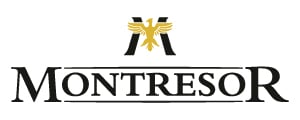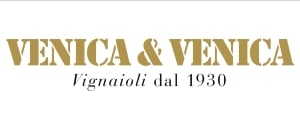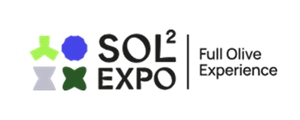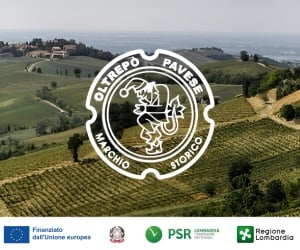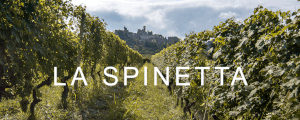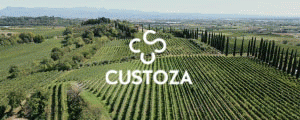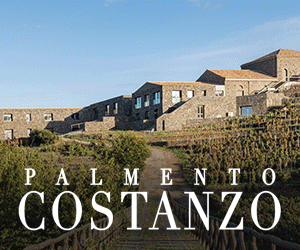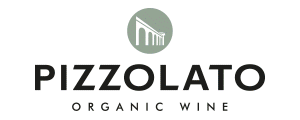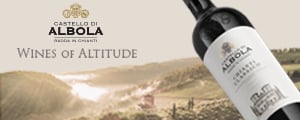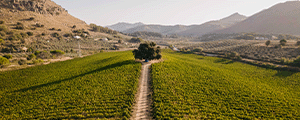A 15% “all-inclusive” tariff, as described by European Commission President Ursula von der Leyen, beyond which it will not go, will apply to most goods the European Union exports to the United States, including “cars, semiconductors, and pharmaceuticals”, but also an agreement for “zero-for-zero tariffs deal on a range of strategic products. This includes all aircrafts and components, certain chemicals, some generics, semiconductor equipment, some agricultural products, natural resources, and critical raw materials. And we will continue working to add more products to this list”. In this way, late evening of yesterday, Von der Leyen stated after her meeting with U.S. President Trump, which seemed to mark a decisive step in the long-standing tariff dispute between the U.S. and the Eu, outlining a new framework set to begin on August 1st, excluding further delays. While the final text and the list of sectors “saved” from tariffs are still pending, the wine industry is left with a mix of disappointment and hope to the world of wine which represents only a small fraction of the transatlantic trade, which is worth 1.7 trillion dollars annually and accounting for nearly 44% of global Gdp, as von der Leyen noted. Of which wine really represents a minimal part, and, also for this reason, the sector hopes to be included in the “zero-for-zero” list, a hope shared by industry stakeholders from Europe, and the Usa. According to the Comité Européen des Entreprises Vins (Ceev), the agreement “lays the foundation for future trade between the two largest global trading partners”, and both parties are invited to include wine in the “zero-for-zero” product list.
“We are still awaiting the full details of the agreement and are closely following the upcoming negotiations regarding the list of products to be included in the zero-for-zero tariff arrangement, including some agricultural goods,” said Ceev president Marzia Varvaglione. “We firmly believe that wine trade benefits both Eu and U.S. companies and must be included in the “zero-for-zero” deal. And it’s not just the Eu saying this: also our U.S. counterparts have also strongly advocated for protecting this vital exchange,” Varvaglione added. This sentiment is echoed by Ben Aneff, head of the Wine & Spirits Trade Alliance, who noted that many questions remain unanswered until the final text is released. One key issue is whether the 15% tariff, in the worst-case scenario, or zero, in the best-case scenario, will apply to wine already in transit. “For the moment, we can say with certainty that the worst-case scenario, a 30–50% tariff on Eu wine starting next week, has been avoided. Eu wine - Aneff confirms - provides a significant economic surplus to the U.S., generating billions in revenue that small businesses across the country rely on. This economic reality is central to our advocacy, and we remain confident that this value will be recognized when the carve-outs are finalized. We have meetings scheduled with the relevant agencies this week and will continue to argue that wine is a cornerstone of a healthy distribution and hospitality economy in the U.S.”.
On the other hand, still recalls Ceev, “wine trade between the Eu and the U.S. has long been a mutually beneficial economic relationship, supporting thousands of businesses, jobs, and communities on both sides of the Atlantic. For every dollar Europeans earned selling wine to the U.S., American distribution and hospitality sectors earn 4.50 dollars. Preserving this trade should be a shared priority”. The potential imposition of a 15% tariff on Eu wines would cause significant economic losses not only for Eu wine producers, still recalls Comitè - but also for U.S. businesses throughout the supply chain. “If combined with a 15% shift in the dollar/euro exchange rate, the total financial burden on the sector could reach 30%. Export volumes could drop by as much as 10% immediately, with long-term damage to market share and trade relationships”. But, in any case, after months of trade tensions, there is “cautious optimism. “It is encouraging to know that we may be just days away from ending the trade uncertainty that has weighed on our sector in recent months”, said Ceev secretary general Ignacio Sánchez Recarte. “Yet, the consequences of failing to include wine in the final zero-for-zero agreement would be severe. We therefore call on negotiators to act decisively: include wine in the agreement and safeguard a trade that has always delivered value, growth, and cooperation”, added Recarte.
Regarding national “reactions”, satisfaction is running out, even if, it is worth recalling it, waiting for the definitive list of products under duty or not, it is a hypothesis. “With 15% tariffs, the glass will remain half empty for at least 80% of Italian wine. We estimate a loss of 317 million euros for our companies over the next 12 months, while U.S. trade partners could miss out on nearly 1.7 billion dollars. If the dollar remains at its current devalued level, the damage could rise to 460 million euros. We call on the Italian government and the Eu to consider appropriate measures to protect a sector that had grown significantly thanks to U.S. Buyers”, commented Lamberto Frescobaldi, president of Unione Italiana Vini (Uiv). “With the meeting in Scotland between presidents Trump and Von der Leyen, we’ve at least moved past the uncertainty that was paralyzing the market; now - adds Frescobaldi - we must absorb the lost revenue along the supply chain to minimize price hikes at retail. According to our analysis, a bottle that left the winery at 5 euros and sold for 11.50 dollars on the shelf could now cost nearly 15 dollars; this means the markup from origin to shelf would rise from 123% to 186%”. According to uiv Observatory, the impact is even more severe in restaurants, where the same 5 euros bottle that could end up costing 60 dollars at the table. “This agreement is far from satisfactory - said Uiv Secretary General Paolo Castelletti - a 15% tariff is certainly better than the feared 30%, but it’s still far higher than the near-zero pre-tariff rate. Compared to other European competitors, Italy risks being hit harder, both because of its greater exposure to the U.S. market (24% of total export value, compared to France’s 20% and Spain’s 11%); and because of the nature of its products, which rely heavily on value-for-money. About 80% of Italian wine exports fall into the ‘popular’ category, with an average ex-cellar price of 4.20 uros per liter, and only 2% in the super-premium range”.
According to Uiv Observatory, without a reduction in margins along the supply chain which would still be a loss, the sector could return to 2019 levels by the end of 2026. According to Uiv (Unione Italiana Vini), even 76% (corresponding to 366 million bottles) of 482 million bottles exported to the U.S. last year is in “red zone” with over 20% exposure. The most affected wines include Moscato d’Asti (60%), Pinot Grigio (48%), Chianti Classico (46%), Tuscan Doc reds (35%), Piedmont reds (31%), Brunello di Montalcino, Prosecco (27%), and Lambrusco. In total, 364 million bottles worth over 1.3 billion euros, 70% of Italy’s wine exports to the U.S. are at risk.
“A 15% tariff clearly poses a serious challenge for the sector - declares Giacomo Ponti, President of Federvini - our shared goal remains a lower, more sustainable rate for our businesses, though zero tariffs would be ideal. We hope that by August, 1st, there will still be room to shape our trade relations with a key partner and strategic ally like the United States”. Federvini emphasizes the need for a transparent, long-term agreement that allows companies to plan with confidence: “it’s important to understand - continues Ponti - whether there’s room for deeper, more technical discussions that consider the peculiarities of different sectors and product categories. We need a balanced approach that avoids harmful generalizations”. Another key issue is how the tariff will be applied: “the 15% rate significantly increases the ad valorem duty - Ponti notices - but it’s essential to clarify whether this is a flat rate or will be added to existing tariffs. If it’s the latter, the consequences for our export competitiveness would be even more severe. Negotiations must continue with pragmatism and strategic vision. What’s at stake is not just an industrial segment, but a production model based on quality, identity, and long-standing international relationships”.In the meantime, as said, waiting for the final text, the hope that wine will be spared from U.S. tariffs remains alive.
Copyright © 2000/2025
Contatti: info@winenews.it
Seguici anche su Twitter: @WineNewsIt
Seguici anche su Facebook: @winenewsit
Questo articolo è tratto dall'archivio di WineNews - Tutti i diritti riservati - Copyright © 2000/2025

